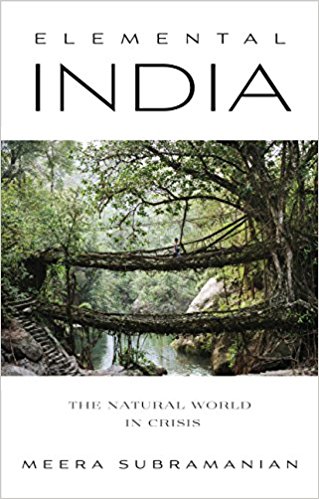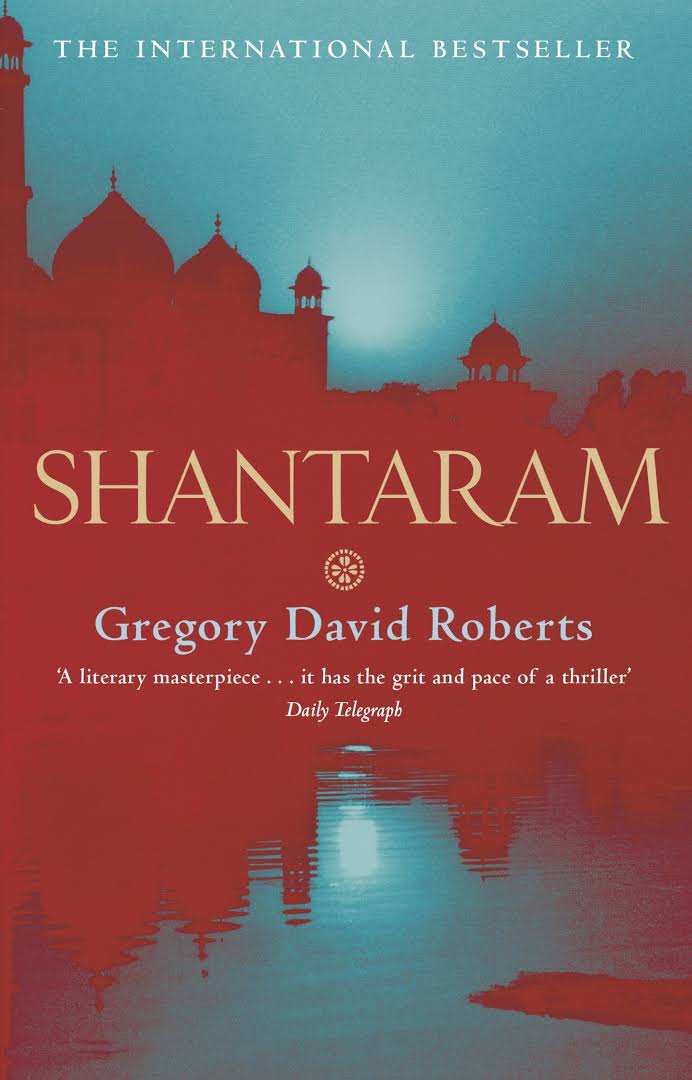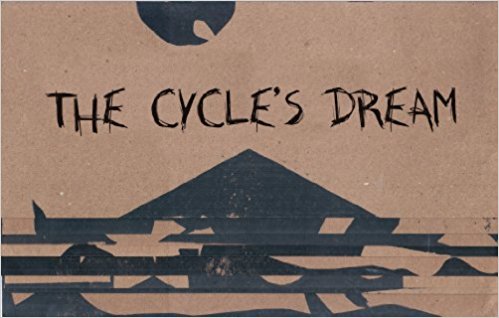The 11 Best environment books for World Environmental Day

Whilst procrastinating on what to write for this month’s article, the calendar gently fluttering on my bedroom wall caught my eye. And there it was, June 5th marked as the ‘World Environment Day’. Schools, colleges, bureaucrats, intellectuals and many others use this day to discuss about the significance of this day and the measures that need to be taken to tackle the current environmental crisis.
We thought, as a publishing house, we would use this opportunity to curate a reading list on this topic. Those not inclined to reading non-fiction will find these eleven books a wonderful mix of fiction and non-fiction. Read on and enjoy!
1. Green Growth-A guide to a model Green City
 Arun Firodiya, the writer of the Green Growth, and chairman of the Kinetic Group, argues that the rate of carbon emission of the developing countries is more as compared to developed countries. In his book, he describes the key to further the economy of India and curb the impact of environmental degradation. He suggests innovative ways to deal with stalemate growth and the economy. Categorized under non-fiction, he speaks largely about ways to make Pune a Green City and how in turn it can lend to the global environmental health.
Arun Firodiya, the writer of the Green Growth, and chairman of the Kinetic Group, argues that the rate of carbon emission of the developing countries is more as compared to developed countries. In his book, he describes the key to further the economy of India and curb the impact of environmental degradation. He suggests innovative ways to deal with stalemate growth and the economy. Categorized under non-fiction, he speaks largely about ways to make Pune a Green City and how in turn it can lend to the global environmental health.
2. Elemental India

Written by Meera Subramanian, the book focuses on the change in ecology through the medium of five primary elements of life and how its imbalance has left the environment insecure. The writer is an American journalist of Indian origin, and maintains a neutral voice on the issues of environment rather than blaming different authorities. She writes on enterprising individuals who are fighting environmental destruction whilst keeping the five primary elements of life in harmony. She asks policy planners to evolve an India model of development, which is more proactive and permanent.
3. Indica: A deep natural history of the Indian sub-continent
 Told through the thrilling tales of rocks and topography, Pranay subtly introduces us to the geological persona of Indian subcontinent. Pranay Lal’s ‘Indica’ narrates the facts about Indian continent and uncovers the myths and misconception of ecological evolution. All the believe-it-or-not facts are scattered through out the book solidly backed by Pranay’s keen research in this field of study.
Told through the thrilling tales of rocks and topography, Pranay subtly introduces us to the geological persona of Indian subcontinent. Pranay Lal’s ‘Indica’ narrates the facts about Indian continent and uncovers the myths and misconception of ecological evolution. All the believe-it-or-not facts are scattered through out the book solidly backed by Pranay’s keen research in this field of study.
4. Indira Gandhi- A Life in Nature
 Many call her the Indian version of Margaret Thatcher. But, very few know her environmentalist side of personality. ‘Indira Gandhi – A life in Nature’ is an environmental memoir written by Jairam Ramesh. The writer Jairam Ramesh, elevates her in this new perspective. This unusual biography narrates stories of newly Independent India, Indira’s emergence as an environmental advocate and the challenges of federalism. Categorized under non-fiction, Ramesh anchors the book with personal and official letters, describing jail time and the concerns of the lady Prime Minister of India, about the environment even in the time of personal crisis. Even as, Ramesh has showcased Indira Gandhi as an environmentalist, the parts where he describes greenbelt plantations and Indian fauna through her perception, the book speaks generously about the Indian environmental scenario
Many call her the Indian version of Margaret Thatcher. But, very few know her environmentalist side of personality. ‘Indira Gandhi – A life in Nature’ is an environmental memoir written by Jairam Ramesh. The writer Jairam Ramesh, elevates her in this new perspective. This unusual biography narrates stories of newly Independent India, Indira’s emergence as an environmental advocate and the challenges of federalism. Categorized under non-fiction, Ramesh anchors the book with personal and official letters, describing jail time and the concerns of the lady Prime Minister of India, about the environment even in the time of personal crisis. Even as, Ramesh has showcased Indira Gandhi as an environmentalist, the parts where he describes greenbelt plantations and Indian fauna through her perception, the book speaks generously about the Indian environmental scenario
5. The Great Derangement- Climate change and the Unthinkable
 Coming from the most decorated fiction writer, Amitav Ghosh, this work of non-fiction brings a completely different perspective to climate change.
Coming from the most decorated fiction writer, Amitav Ghosh, this work of non-fiction brings a completely different perspective to climate change.
In his book ‘The Great Derangement’, Amitav Ghosh speaks about draughts, cyclones and floods. He has build arguments by bringing together personal stories, folklore, the work of writers, anthropologists, scientists, economists and ecologists on the said subject. Through this book, he has analyzed and provoked a debate on the rise of contemporary culture that has failed to confront climate change and how it invokes a cultural crisis throughout the world.
If you are tired of reading the cliched effects of climate change on environment, this book will allow you to know an unusual angle to the climate change story.
6. Shantaram
 For those who have read the book, know for certain that this book is anything but a book on environment. But, Shantaram, takes us to the nooks and corners of India through his well described geographical regions of India. Shantaram is a work of fiction based on the living experience of an Australian fugitive settled in India. While the protagonist travels to different parts of India, from bustling Mumbai streets to the remote villages of Maharashtra, the book, part by part describes the environmental diversity of the nation. It demystifies flourishing vegetation found on countryside and the polluting environment of the metro city. And for this, Shantaram must be considered under eco-fiction as a genre
For those who have read the book, know for certain that this book is anything but a book on environment. But, Shantaram, takes us to the nooks and corners of India through his well described geographical regions of India. Shantaram is a work of fiction based on the living experience of an Australian fugitive settled in India. While the protagonist travels to different parts of India, from bustling Mumbai streets to the remote villages of Maharashtra, the book, part by part describes the environmental diversity of the nation. It demystifies flourishing vegetation found on countryside and the polluting environment of the metro city. And for this, Shantaram must be considered under eco-fiction as a genre
7. The Ends of the World: Volcanic Apocalypses, Lethal Oceans and our Quest to understand Earth’s past Mass Extinctions
 This painstakingly researched book written by award-winning journalist Peter Brannen talks about the previous five mass-extinctions and how the world is on the brink of a sixth one. Unlike other books, ‘The Ends of the World’ speaks more about science, technology and ecology that has led to changes in the proportion of oxygen, nitrogen and carbon.
This painstakingly researched book written by award-winning journalist Peter Brannen talks about the previous five mass-extinctions and how the world is on the brink of a sixth one. Unlike other books, ‘The Ends of the World’ speaks more about science, technology and ecology that has led to changes in the proportion of oxygen, nitrogen and carbon.
If you have seen the movie ‘Life of Pi’, it showcases an island full of poisonous plants and chemical algae. For those, who might have dared to ask how and why, ‘The Ends of the World’ will answer all your questions. In his book, Peter tells us how dramatically the ecology changes when there is a gradual shift in climatic conditions.
8. Our Toxic World
 Who says children environmental books are drab and unenjoyable? ‘Our Toxic World’ is the best graphical novel authored by Aniruddha Sengupta and Priya Kurian. The book introduces the effects of hazardous chemicals through the eyes of the ordinary Sachdeva family. It subtly familiarizes us with the toxic substances of automobile, construction, industrial pollution and green laws to chemicals, wastes and food toxins. It not only describes the bad picture of environmental hazards but shows us alternative routes to minimize their presence as well
Who says children environmental books are drab and unenjoyable? ‘Our Toxic World’ is the best graphical novel authored by Aniruddha Sengupta and Priya Kurian. The book introduces the effects of hazardous chemicals through the eyes of the ordinary Sachdeva family. It subtly familiarizes us with the toxic substances of automobile, construction, industrial pollution and green laws to chemicals, wastes and food toxins. It not only describes the bad picture of environmental hazards but shows us alternative routes to minimize their presence as well
9. The Ouch & Moo Books
 The Ouch & Moo books is a combination of prose and poems solely revolving around the theme of environment. Written by Trupti Godbole, Govind Mukundan and Poonam Bir Kasturi this children’s duology explains how using plastic tampers with the environment. Different poems and paragraphs explain the hazards of a changing environment through the eyes of a cow. Apart from short stories and interesting prose, it includes fun games for children that introduce various ways of recycling. The Ouch & Moo books is a mix of fiction and non-fiction with tips, trivia, short stories and different ways to manage waste.
The Ouch & Moo books is a combination of prose and poems solely revolving around the theme of environment. Written by Trupti Godbole, Govind Mukundan and Poonam Bir Kasturi this children’s duology explains how using plastic tampers with the environment. Different poems and paragraphs explain the hazards of a changing environment through the eyes of a cow. Apart from short stories and interesting prose, it includes fun games for children that introduce various ways of recycling. The Ouch & Moo books is a mix of fiction and non-fiction with tips, trivia, short stories and different ways to manage waste.
10. The Cycle’s Dream
 This is another children book based on the environment. Authored by Prabhat and illustrated by Bidyut Rai, this a story of a cycle who desires to become a motorcycle. And after it has accomplished her dream, it reaches a point where the oil from the whole world is finished and then finds itself useless.
This is another children book based on the environment. Authored by Prabhat and illustrated by Bidyut Rai, this a story of a cycle who desires to become a motorcycle. And after it has accomplished her dream, it reaches a point where the oil from the whole world is finished and then finds itself useless.
The book introduces different facets of environment through its moral centric story of over-consumption of resources, the depletion of atmosphere, the climate change due to releasing of poisonous chemicals etc. ‘The Cycle’s Dream’ brings to us the environment through a careful sequential turn of events experienced by the cycle, thus focusing on the need for an eco-friendly lifestyle.
11. My Husband and Other Animals
 My husband and other animals is a book of essays solely on the subject of animals, their lifestyle and the surroundings. Written by Janaki Lenin, this book briefly speaks about animals and their behaviour. The book is a narration of her personal experiences and her encounters with different species. My Husband and Other Animals is a whimsical combination of humour, irreverence, science and history.
My husband and other animals is a book of essays solely on the subject of animals, their lifestyle and the surroundings. Written by Janaki Lenin, this book briefly speaks about animals and their behaviour. The book is a narration of her personal experiences and her encounters with different species. My Husband and Other Animals is a whimsical combination of humour, irreverence, science and history.
